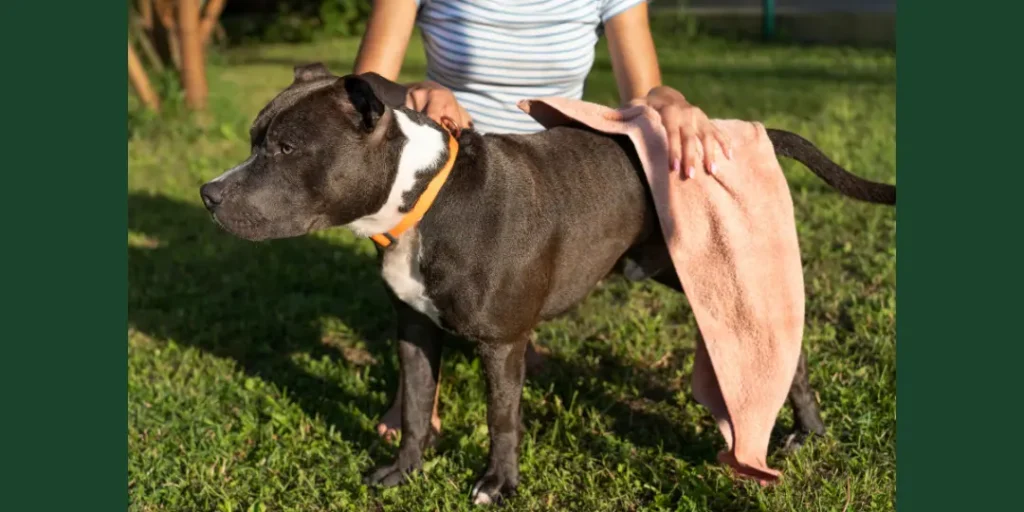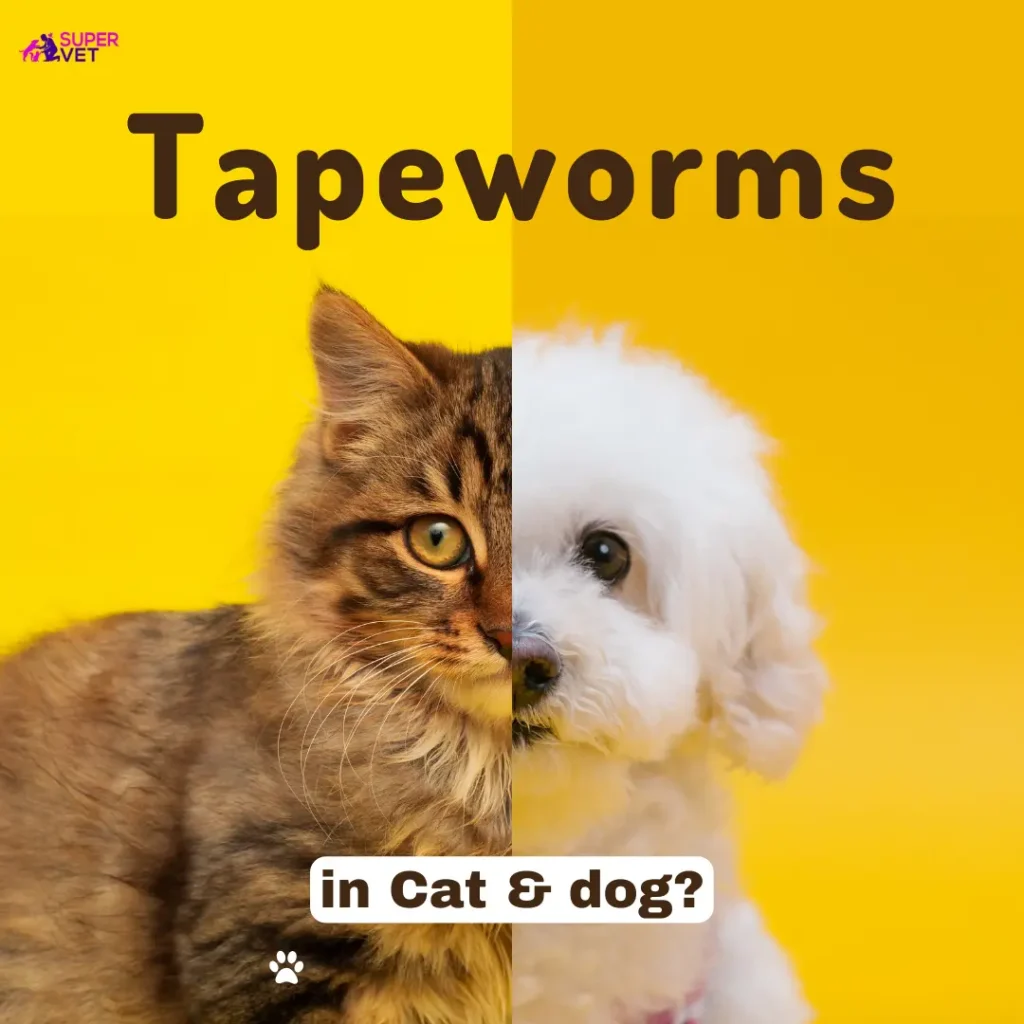This article discusses the causes, symptoms, treatment, and prevention of tapeworms in cats and dogs.
Fleas are the most common cause of tapeworm infection in dogs and cats. The larvae of a flea-carrying tapeworm can be ingested when your pet ingests adult fleas or tapeworm eggs. Then tapeworm eggs will develop into adult tapeworms in your dog’s intestines.
If your pet experiences weight loss, it may be an indication of adult tapeworms. When your dog interacts with other animals or interacts with other dogs, it can increase the chance of getting a tapeworm infection.
Tapeworm infection can cause vomiting, weight loss, and other health issues in cats and dogs, including vomiting up whole tapeworms or portions of them.
Cause of Tapeworm

Infections with Dipylidium caninum, the most common type of tapeworm found in both cats and dogs. Tapeworms in cats and dogs are most commonly caused when your dog swallows a flea.
- If the flea is infected with tapeworm eggs, your dog may swallow tiny infected fleas. The tapeworm larvae will pass through the digestive system and become an adult in the animal’s intestines.
- The “Neck” of the tapeworm separates the head from the “body.” The body is assembled of multiple individual segments called proglottids. Each segment has its own reproductive system, which allows them to reproduce and spread.
- These larvae then make mature fleas that can jump onto a cat or dog and cause an infestation if ingested during grooming or licking at their backside while scratching.
- Tapeworms can also be transmitted through rodents and rabbits that your dog swallows. Via contact with birds that have been infected by other animals.
- Dogs need to be careful when eating feces as this is another way they can become infected with tapeworms. Cats, too, can become infected by eating adult fleas that are carrying a flea tapeworm.
- In rare cases, humans may swallow a flea containing tapeworm larvae and it may become an adult in their bodies.
Symptoms of tapeworm

Generally, there are no apparent signs of sickness in a pet with tapeworms. But some symptoms you may witness include:
- Weight loss
- Poor skin and coat
- Gastrointestinal upset
- Abdominal discomfort
- Changes in appetite
So how do you know if your pet has tapeworms? There are a few gross observations you may make by seeing evidence of them in your dog’s poop.
Tapeworms in cats and dogs are irritating and the most common signs are
- If your pup is scooting its rear end on the ground, which is an attempt to relieve the irritation caused by the tapeworm segments.
- If you suspect your dog has a tapeworm, you should look for visualizing proglottid segments on your pup’s bottom or around their anus as they drag their butt across the floor.
- As the segments of the worm dry, they can resemble the grains of rice or cucumber seeds on your pet’s rump.
- You may see white, flat segments moving around in your pet’s poop or vomit.
- Sometimes a whole worm will pass and appear as a mound of slimy string.
- Your pet may scoot due to an itchy rear end.
- Fleas are likely to have been ingested by the dog since they have blackish specks around their tail base.
Treatment and Prevention of tapeworm

The best way to prevent tapeworm infestations is
- Your veterinarian will prescribe a deworming medication, which can be oral or injectable, to kill the tapeworms.
- The best way to prevent tapeworms is to Reduce a pet’s propensity for eating infected fleas.
- Use flea control products to prevent future flea infestations.
- Keep your cat and dog on flea and tick medication and ensure the best protection against tapeworm infections.
- Treating your cat and dog with topical or oral medication can end your cat’s current infestation.
- Routinely wash your dog’s toys and bedding thoroughly with hot water.
- Groom your pet regularly.
- Vacuum everywhere in your home.
Final Words
In this article, we have already learned that tapeworms in cats and dogs are caused by the accidental ingestion of infected fleas or rodents like mice and rats. Cats eating fleas is the most common cause of tapeworm infection.
In some cases, dogs may become infected with tapeworms if they swallow an infected flea while grooming themselves. The diseases caused by tapeworms can be deadly in both cats and dogs, so it is important to identify and treat infestations early.
We at Supervet believe our furry friends deserve the very best. Therefore, we offer them organic food and grooming products to keep their furs healthy and shiny.

